11 of the best flowers to grow in hydroponics

This post follows our research editorial guidelines.

A bouquet of fresh-cut flowers is charming but short-lived. Once you start gardening seriously it begins to feel a little wasteful when you could have long lasting fresh flowers that thrive right on the plant instead. I love bringing a pop of color and vitality into my home, especially during the cold of the long winter days. With hydroponic flower kits it’s possible to keep bright blooms to hand all year round.
It’s one of the reasons why I’ve added a top row in my Rise Garden completely dedicated to growing flowers that grow well hydroponically.

Table of Contents
Why grow flowers hydroponically?
First and most obviously flowers on a hydroponic plant last and last. The lifespan of a bouquet of cut hyacinth pales when compared to a selection of bulbs growing in the vase for a whole season.
It’s also a great way to ensure your flowers can give you, their best. Bedded plants and those in pots can struggle with water and the fertility of their soil. Ones in hydroponic setups receive everything they need without any stress to the plant. They can focus entirely on growth and producing big beautiful blooms.
Finally, indoor hydroponics allows those of us in hostile climates to enjoy gorgeous blossoms that we’d otherwise miss. Here in Canada, you’re very hard-pressed to get flowering plants going before the cold weather comes for them again. Likewise, folks in hot or arid regions can struggle to provide enough water to keep foliage going, let alone blooms.
Benefits of growing flowers indoors
Growing indoors gives you complete control over the climate and nutrients available to your plants. For flower lovers, this means you can really focus on blossoms.
Some plants need specific amounts of light to bloom. It’s known as a photoperiod response and is common across many plant species. Others need a period of chill that mimics winter. Growing indoors allows you to ‘trick’ the plant into flowering whenever you fancy.
Indoor hydroponic systems also allow you to provide even watering and perfect nutrition year-round. You don’t need to worry about a heat wave dehydrating your plants or poor soils stunting the blooms. You can also protect them from pests and disease.
And of course, having flowering plants indoors is the perfect way to have their luscious flowers bringing the joy of the outdoors right into your living space. There’s a lot of mental health benefits to having greenery inside and flowering plants bring an extra magic too.
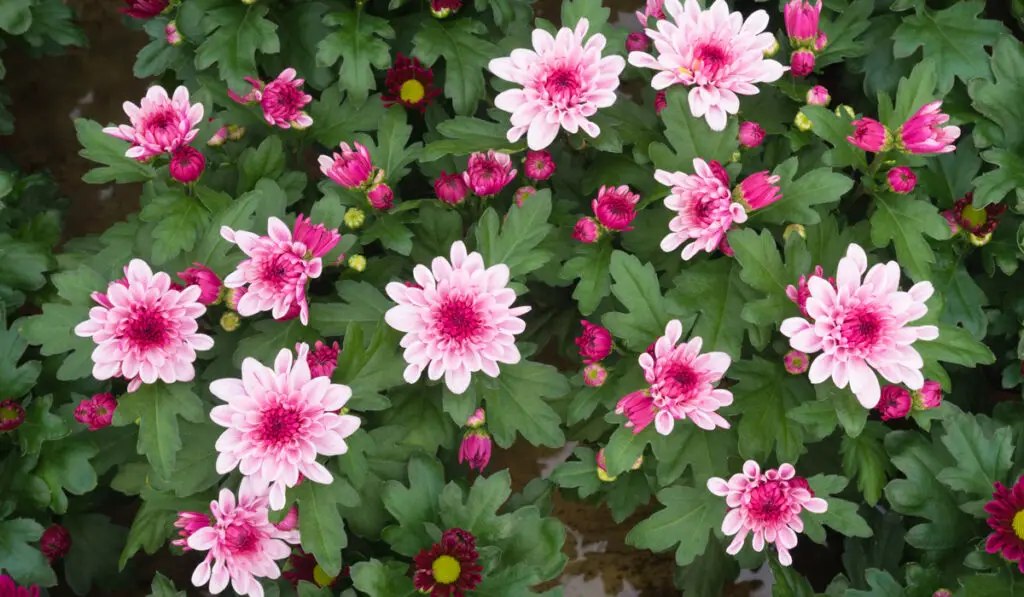
What type of hydroponic system should you choose for growing flowers?
Choose a hydroponic system based on the specific needs of the flower in question. Bulbs are best supported with passive systems, whereas annuals require the more consistent nutrition provided by active systems.
You don’t need to spend a lot of time or money selecting a system for your indoor flowers. For most home growers it boils down to what your plants need, and how complex a system you want to build.
“Hydroponic growing is possible by providing all of the basic needs of the plant: light, water, a pH balanced nutrient solution, structural support, and air flow. Hydroponics can be as simple as making a microwave dinner or as complex as operating a Michelin Star restaurant.”
Hannah Wooten, University of Florida Extension Agent,Orange County
Deep Water Culture for indoor flowers
I adore simple Deep Water Culture setups for indoor flowers. They really don’t need to be complex at all. A small Kratky hydroponics system is easily hidden in a decorative container for example. It provides the style of a bouquet of cut flowers while providing enduring beauty that doesn’t fade like store bought blooms.
Passive systems are best used for bulbs and other perennials. Eventually, the reservoir will run out of liquid and you’ll have to start over. Active Deep-Water systems are more flexible and allow you to grow just about anything you fancy in a small space.
Nutrient Film Technique for indoor flowers
Nutrient Film Technique is better suited to larger annuals that have heavier nutrient requirements. It’s a bit more work to set up than a passive DWC you’ll get lasting results. After all, it was developed with fruiting crops in mind, like tomatoes. While they aim for the fruit you don’t get much of that without an abundance of flowers first!
Choosing the Best Plants for Hydroponics
Matching a plant to the best type of growing environment is key to successful gardening. Almost any plant can be grown in hydroponics if you know how to match the plant to the rig.
Passive systems are best for plants with low or consistent nutrient needs. Flowering is an expensive business, so choose species that don’t have high needs for passive.
Active systems can be altered as the growing season progresses and so serve fast-growing annuals well. Changing to a richer solution as the weather warms will give those hungry bloomers everything they need to get going.
You also need to consider the size and lifespan of your plants. Annuals like bulbs have smaller and more predictable growth habits and so do just fine in smaller hydro rigs. Larger plants and perennials really need more root support and thrive in systems that use larger medium beds, like Dutch bucket systems.
Orchids

Orchids have an undeserved reputation for being fussy, but most of that comes down to over-watered plants in bad growing medium.
In fact, orchids evolved to cling to the trunks and branches of rainforest trees. They don’t need dirt at all and absolutely shine grown in hydroponics. The simplest of all is to grow them with clay pebbles in a clear vase. Add a mild fertilizer and they’ll be ready to keep their exotic blooms coming for years to come.
Bulbs
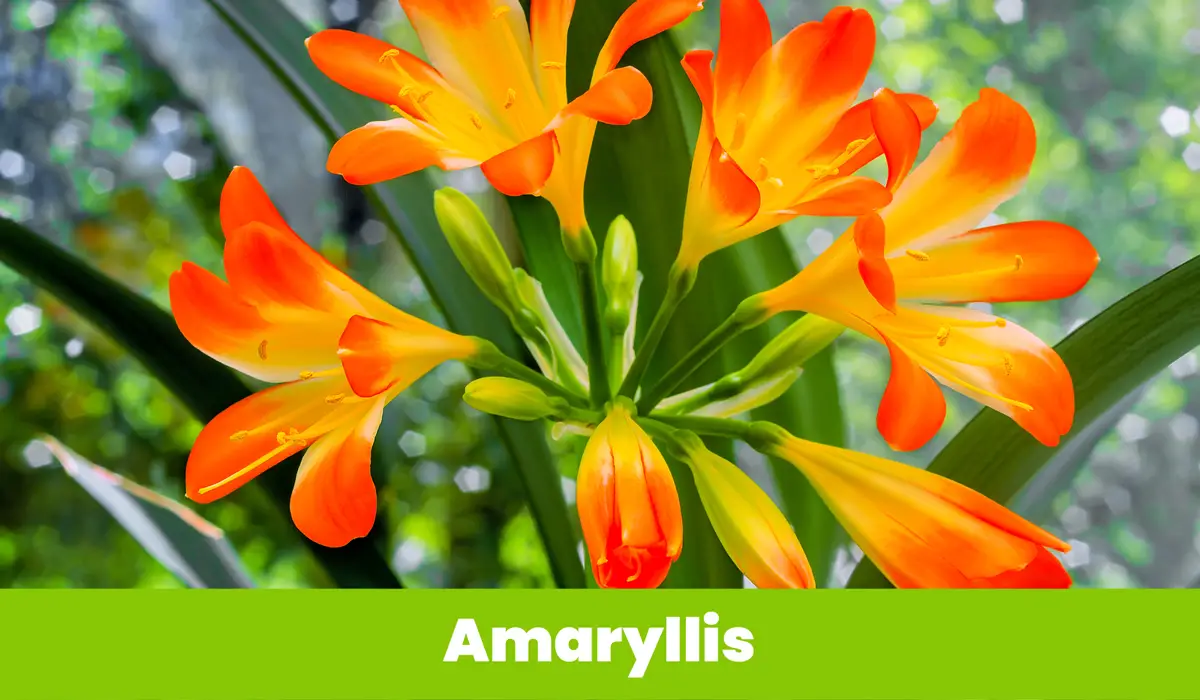
Bulbs like hyacinth, amaryllis, tulips and jonquils will happily live out their season in hydroponics. Some can even be ‘forced’ or tricked into blooming all through the winter in a passive setup no more complex than a vase with some pebbles and a bit of water.
The trick to bulbs is to ensure they are given a bit of winter chill. You also need to only allow the roots to sit in the nutrient solution. That vital bulb will rot if it’s left to soak.
Roses

Commercial rose growers are increasingly turning to hydroponics to grow these floristry favorites. There’s a lot of research on how to cultivate roses in hydroponics in even the most adverse situations these days so it’s easy to adapt that to the home grower.
Roses grow quite large, so consider your available space. They also need good root support in a deep bed.
Peace Lily
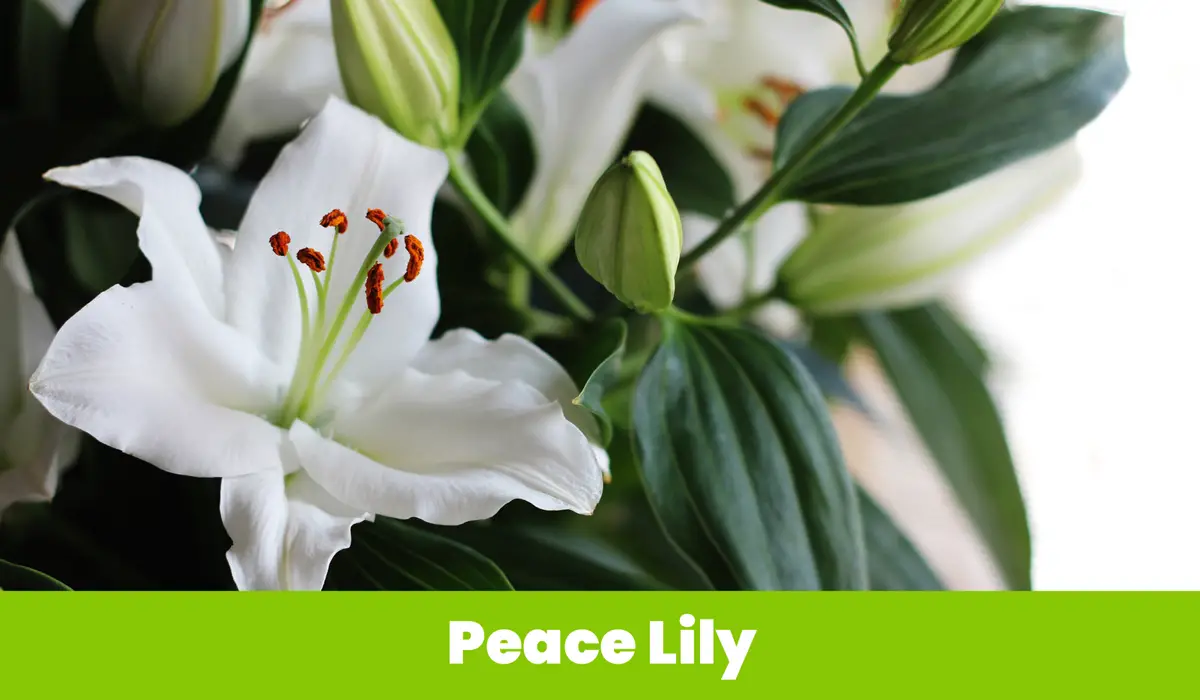
The fussy moisture requirements and low nutrient demands of a peace lily (Spathiphyllum) make them great candidates for passive hydroponics. Simple wick pots with a low nutrient solution will keep their leaves dark and glossy and their elegant flowers radiant. The slow draw of a wick is perfect at hitting that difficult point between ‘moist’ and ‘soggy’.
Petunias
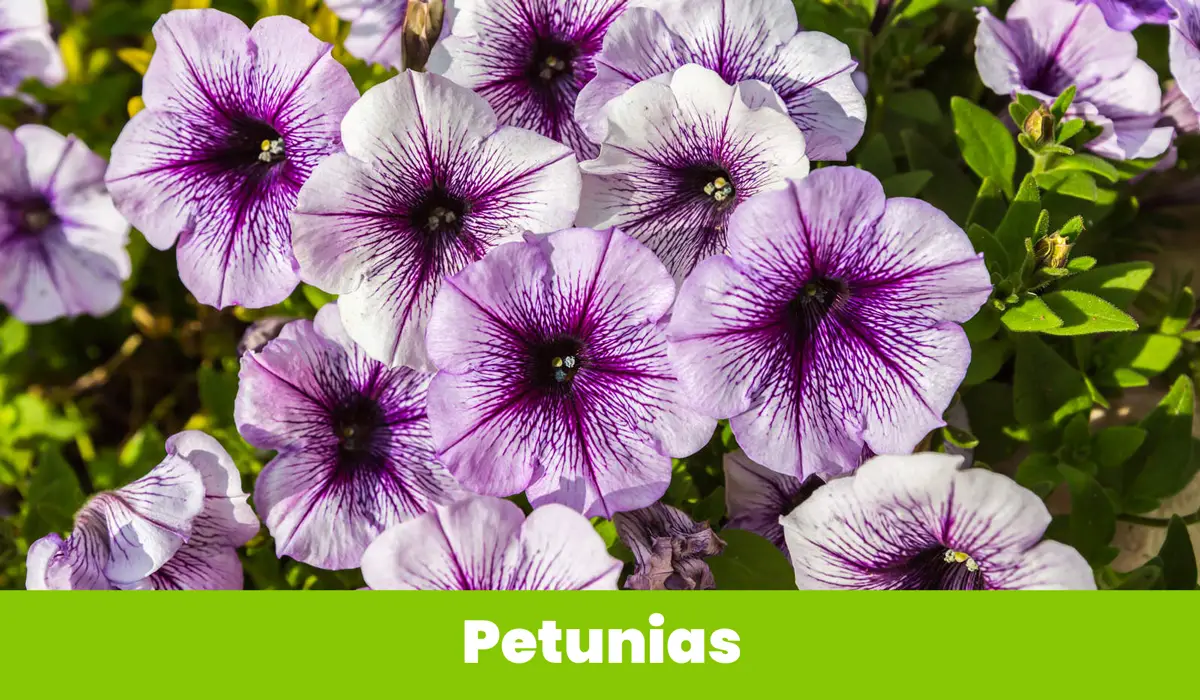
Velvety petunias come in a color and style to suit any décor. They can be neat little darlings in a small passive rig to sprawling varieties well suited to upright NFT systems that better display their abundant flowers. Be sure to pick a cultivar to suit your hydroponic system.
Carnations

Another popular cut flower, carnations have a wonderfully soft powdery fragrance that will fill your growing area through the blooming season. The flowers are also edible and come in a wide range of shapes and colors. Dwarf and ‘border’ varieties are excellent choices for home hydro, so look for cultivars designed for containers and other small areas.
Chrysanthemums
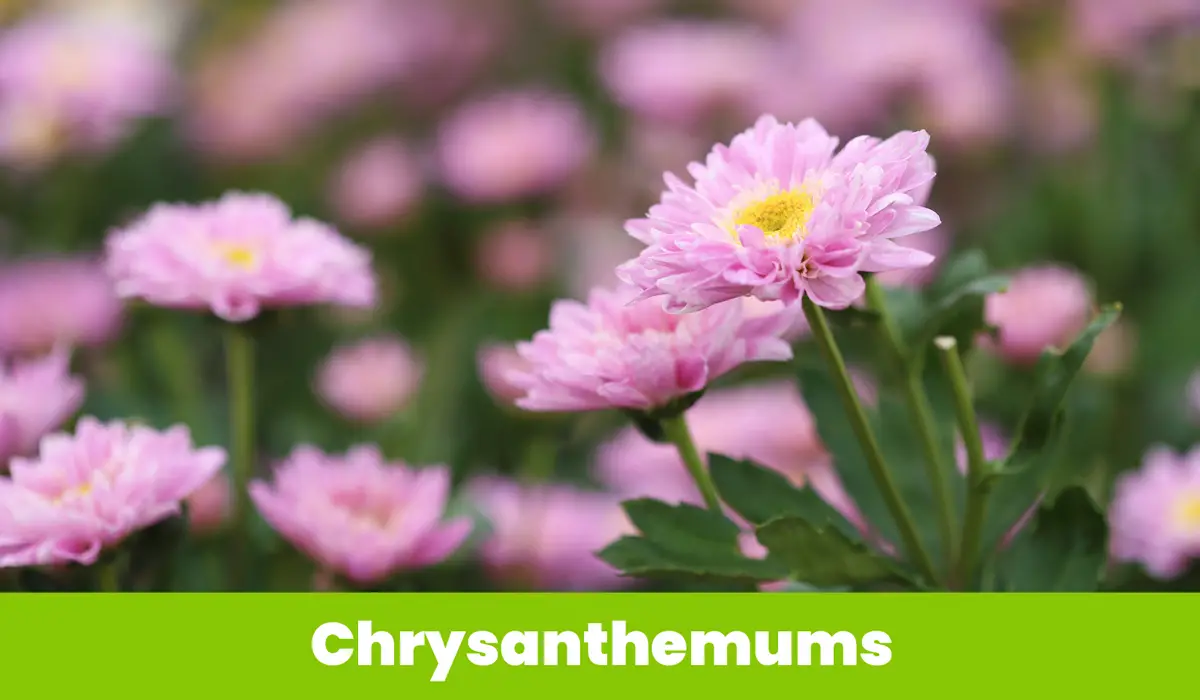
A well-fed chrysanthemum is a real show-stopper. They produce an abundance of vibrant flowers for months at a time. They’re hardy perennials with exactly the right nutrient and water requirements for even basic passive systems. The more evenly fed the better the blooms – perfect for hydroponics!
Marigold
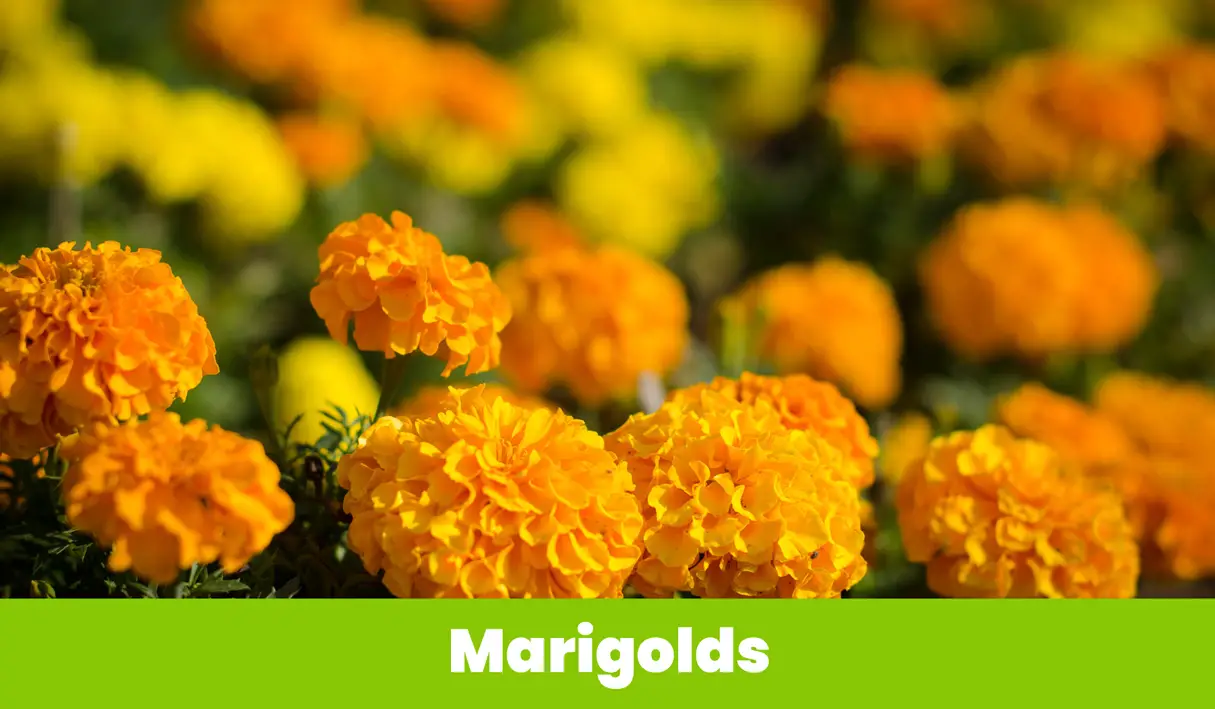
Marigolds are another fantastic edible flower with radiant blossoms. They grow smaller than carnations and mums but give the same gorgeous splash of bright color. Their unique fragrance is also an effective pest repellent making them a fantastic companion plant for food crops like tomatoes or salad greens.
Lavender
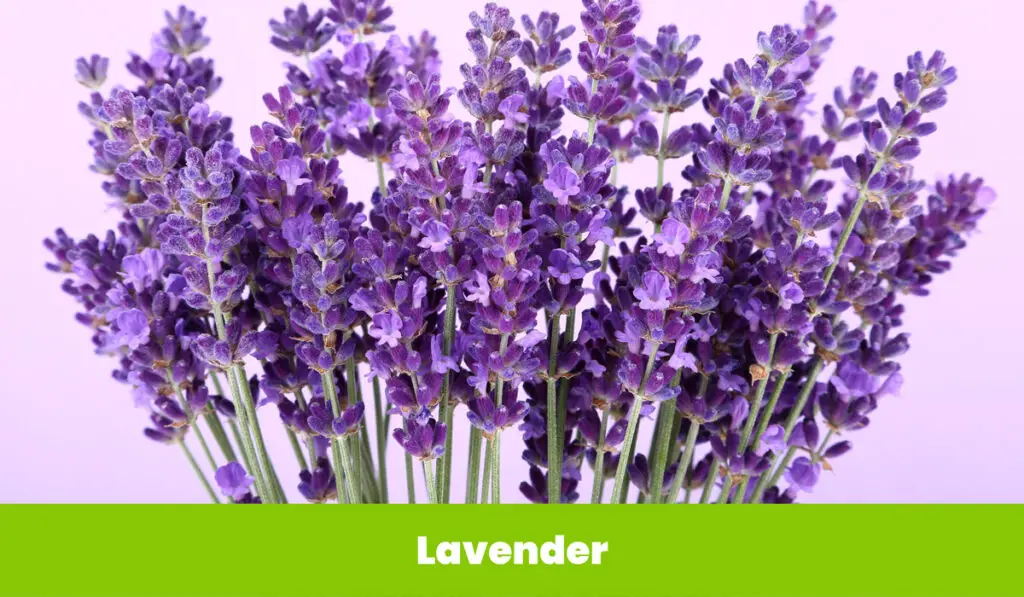
Lovely fragrant lavender starts well in small hydroponic systems for later transfer to garden beds. They’re often sold in little home Kratky sets these days, ready to go!
You can also grow it indefinitely larger systems. It can be a vigorous grower, so be prepared to give it room to spread. A nice deep bucket of medium in a drip system is perfect.
Phlox
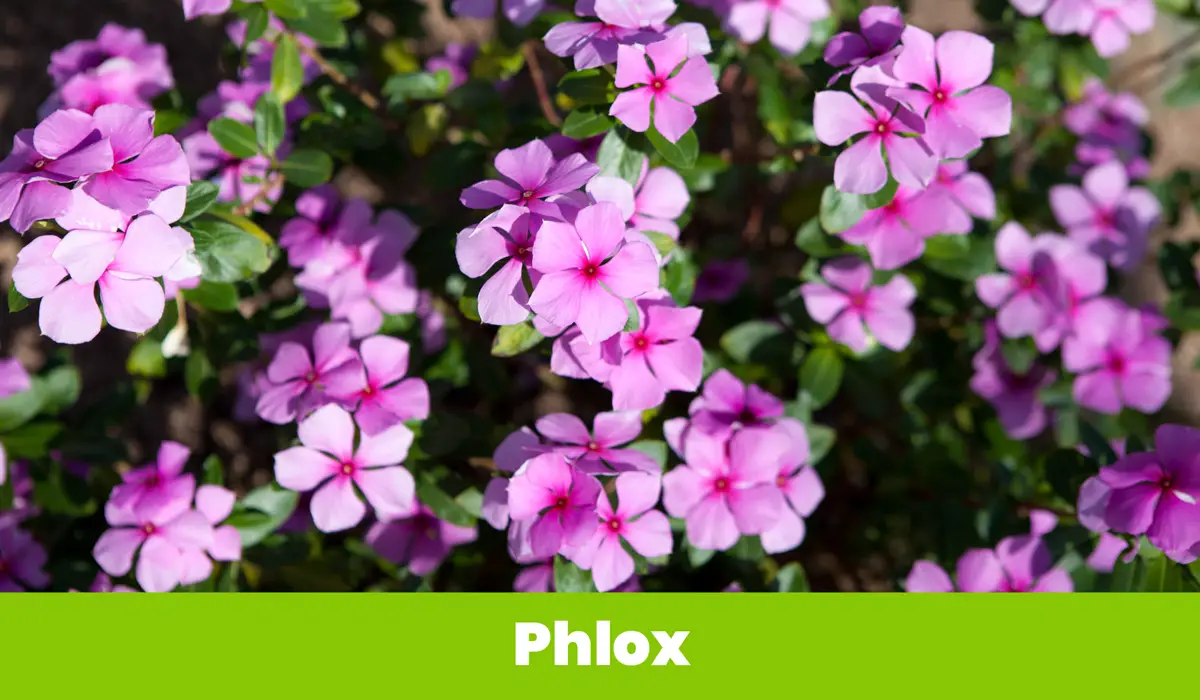
Phlox thrives in the perfectly moist conditions provided by hydroponics systems. Be careful of your seed choice. Some varieties are dainty and sweet, but others will top out at over five feet, way too tall for most hydroponics setups.
Dahlias
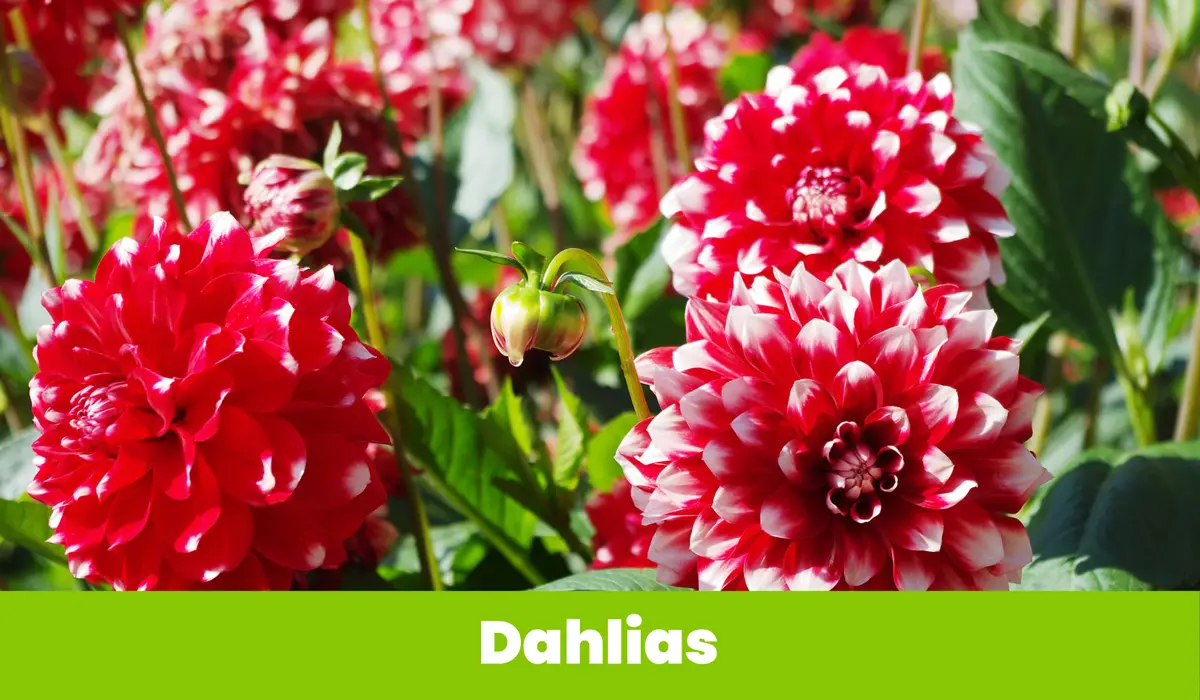
I love the many different blossoms that dahlias as a group can produce. From as large as ten inches down to two, single rows of petals and thick geometric ripples in every color you can imagine.
They’re heavy feeders that want extra nutrients as the seasons progress and they really need to get that well-draining substrate found in ebb and flow systems. But the extra effort is worth it once those wonderful, complex flowers appear.
What plants do not do well in hydroponics?
The trick to choosing ornamental for a hydroponic system is picking ones that like consistent moisture.
Plants from arid regions like cacti, succulents, and the like benefit from dry spells every now and then. Their roots are primed to suck up every dreg of water available. This is a masterful survival tactic for the desert in hydro it makes for an over-watered plant with dead roots.
Luckily for us, most indoor plants kept for flowers are temperate favorites that love moist conditions. Check that they’re happy to have continual water and you’ll be good to go.
What are common problems with hydroponics?
Hydroponics is not without its hazards, just like any other gardening system.
Constant moisture in the growing medium creates conditions ideal for root problems. You need to ensure good hygiene to prevent pathogens from setting up camp and causing disease. Pythium and phytophthora in particular will kill off everything in the system if they’re given a chance to establish.
Nutrient deficiency is the other issue common to starter hydroponics. The dilution of the nutrient solution and pH can take a bit of time to perfect. Not only do you need to provide plants with the right nutrients, you need to make sure that the pH of the water allows them to actually use it, too.
Finally light is often an issue for beginner growers. Indoor lighting is always milder than outdoors so even a sunny room may not be bright enough for your plants to flower. It’s worth investing in a grow light if you’re growing indoors.
Where to buy hydroponic flower seeds?

Thankfully you don’t need special seeds for hydroponics. Any old seed or bulb will do. So long as it’s clean and free of dirt, you can use it to sprout a hydroponic plant.
There are cheats to make the whole process much simpler. Many plug-and-play systems come with ready-made flower sets that are easy to set up and maintain. It’s also fairly straightforward to use commercial seedlings as they become available in garden centers each spring.
Final thoughts
Moving to a low-waste lifestyle doesn’t mean you have to give up the little luxuries in life like cut flowers indoors. Indeed, it’s just a matter of changing your perspective. My experiments with AeroGarden flowers have opened up a whole word of possibilities. Indoor hydroponics has more to offer than just herbs and leafy greens!
